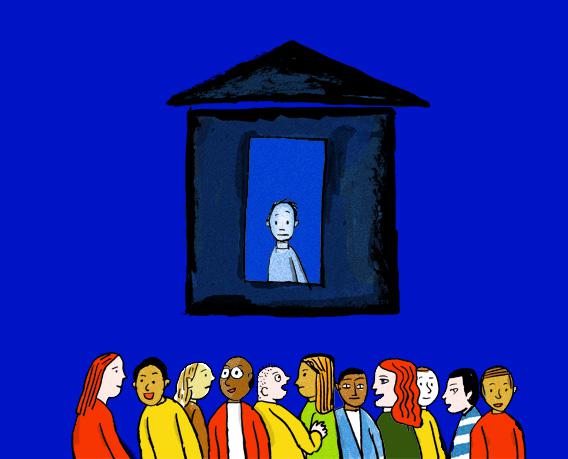The private self shows the expression of self-concept and can be found when you look at yourself honestly in a private setting. Others might not notice your private self unless you want to disclose it. The private self is not the same as ideal selves either. In many cases, your private self has many aspects you want to hide or not share with others.
From the other side of view, the public self is the way you want to show to others. Most likely, a public-self image is similar to a socially approved image(p55), such as a smart kid, faithful partner, skillful technician, famous writer, etc. Sociologist Erving Goffman described the image to show to others as a face. According to Goffman (1955), the face is the positive public image you seek to establish in social interactions. Because humans are social animals, they tend to create their own image in a way that is socially recognized. Goffman said that people try to create a “face” with verbal and nonverbal behaviors. He called it facework. The reason why one refrains from expressing emotions quickly and directly even he/she gets mad comes from the desire to make the “face” look good, and that is the facework. According to Merkins(2004) said that long-term oriented cultural members value willingness to subordinate one's self for harmony and cooperation in her article. I think facework is one of the characters of collectivism.
Reference
Merkin, Rebecca S. Cultural Long-Term Orientation and Facework Strategies. Atlantic Journal of Communication. 2004, Vol. 12 Issue 3, p163-176. 14p. DOI: 10.1207/s15456889ajc1203_3.
Adler,
Rodman, and du Pre (2017). Understanding Human Communication (13th ed.).
Oxford, UK: Oxford University Press.




No comments:
Post a Comment